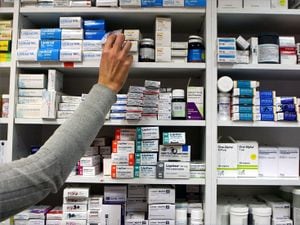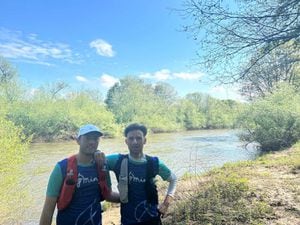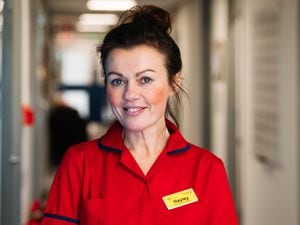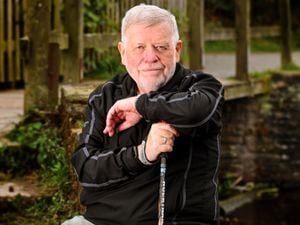Number of 'active' children increasing in Shropshire
The number of young people classed as 'active' is increasing across Shropshire, new figures have revealed.
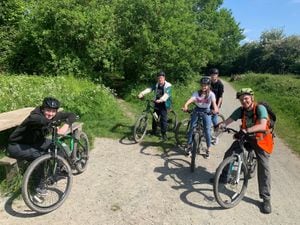
In its latest Active Lives Children & Young People Survey, Sport England revealed that the proportion of people defined as inactive – averaging less than 30 minutes a day – fell by 13.7 per cent in Telford & Wrekin, and eight per cent in Shropshire.
Government guidelines recommend that children and young people should get an average of 60 minutes of physical activity a day, and the survey shows that almost half (46.8 per cent) are achieving this in England, a rise of 3.6 per cent over last year.
Telford & Wrekin saw a significant increase in those who are ‘active’, averaging more than 60 minutes a day. That figure rose by 15.8 per cent.
One of the other ways the data is analysed is by the time spent being active both during and outside of school time.
And across Shropshire and Telford & Wrekin, 46 per cent of children and young people are now achieving at least 30 minutes of activity during the school day, compared to an average of only 40 per cent for England overall.
The results suggest there has been a real focus in the local education sector on finding ways to increase physical activity outside of normal PE lessons.
Chris Child, chief executive of active partnership Energize, said he was delighted with the findings.
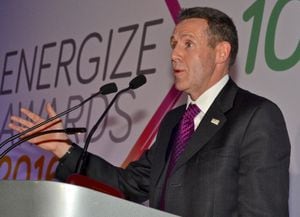
“A whole range of organisations have contributed to these results - from local authorities to schools and community groups," he said.
“It really is a whole system approach that has led to these improvements here in Shropshire, Telford & Wrekin, and we would like to thank and congratulate all the many organisations involved.
“And while we are not complacent, these results do show signs of real progress towards the overall goal of reducing inactivity and improving lives right across our county.”
In addition to all the statistics, the survey also highlights the benefits of being active for children and young people - and one of the points is that the happiness levels reported by those taking part in activity, compared to those volunteering, were exactly the same.
Mr Child added: “As we strive to further reduce inactivity to help children and young people live happy and healthy lives it is worth remembering the significant benefits volunteering can bring, especially when trying to engage those who are less interested in traditional sports.”
Director of public health for Shropshire, Rachel Robinson, said: “It is heartening to see the latest results and while there is a long way to go, clearly the collaboration of many agencies across our county is starting to have a positive impact on the health and wellbeing of our young people.”
Liz Noakes, director of public health for Telford & Wrekin, said she was delighted about the significant increase in those children and young people achieving the Chief Medical Officer’s advice to undertake an average of 60 minutes activity per day.
The annual survey, conducted by Ipsos MORI on behalf of Sport England, includes data from more than 1,900 primary and secondary schools across the country.

